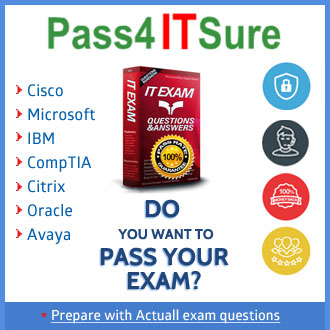Dare to pursue, we will have a good future. Do you want to be successful people? Do you want to be IT talent? Do you want to pass Cisco 300-135 dumps certification? Pass4itsure will provide you with high quality dumps. It includes real questions and answers, which is useful to the candidates. Pass4itsure Cisco 300-135 dumps is ordered, finished, and to the point. Only Pass4itsure can perfect to show its high quality, however, not every website has high quality exam dumps. Than cardiac operations a rush to purchase our Cisco 300-135 dumps Oh! The successful rate is 100%.
Exam Code: 300-135
Exam Name: Troubleshooting and Maintaining Cisco IP Networks (TSHOOT v2.0)
Updated: Apr 21, 2017
Q&As: 82
Exam Information:http://www.pass4itsure.com/300-135.html
A 300-135 dumps test-preparation routine proven to help you pass the exam!
-
Do I Know This Already? quizzes, which allow you to decide how much time you need to spend on each section
-
Chapter-ending exercises, which help you drill on key concepts you must know thoroughly
-
The powerful Pearson IT Certification Practice Test software, complete with hundreds of exam-realistic questions, customization options, and detailed performance reports
-
More than 60 minutes of personal video mentoring from the author on important 300-135 dumps strategies
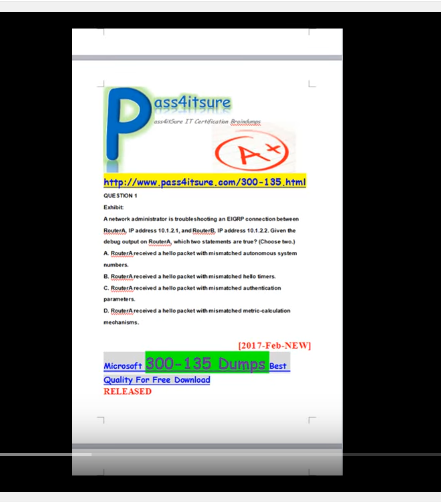
♥♥Pass4itsure Latest and Most Accurate Cisco 300-135 Dumps Q&As♥♥
Question Set 1
QUESTION 1 Exhibit:

A network administrator is troubleshooting an EIGRP connection between RouterA, IP address 10.1.2.1, and RouterB, IP address 10.1.2.2. Given the debug
output on RouterA, which two statements are true? (Choose two.)
A. RouterA received a hello packet with mismatched autonomous system numbers.
B. RouterA received a hello packet with mismatched hello timers.
C. RouterA received a hello packet with mismatched authentication parameters.
D. RouterA received a hello packet with mismatched metric-calculation mechanisms.
E. RouterA will form an adjacency with RouterB.
F. RouterA will not form an adjacency with RouterB.
Correct Answer: DF
Explanation
Explanation/Reference:
QUESTION 2
When troubleshooting an EIGRP connectivity problem, you notice that two connected EIGRP routers are not becoming EIGRP neighbors. A ping between the two
routers was successful. What is the next thing that should be checked?
A. Verify that the EIGRP hello and hold timers match exactly.
B. Verify that EIGRP broadcast packets are not being dropped between the two routers with the show ip EIGRP peer command.
C. Verify that EIGRP broadcast packets are not being dropped between the two routers with the show ip EIGRP traffic command.
D. Verify that EIGRP is enabled for the appropriate networks on the local and neighboring router.
Correct Answer: D
Explanation
Explanation/Reference:
QUESTION 3
Refer to the exhibit.
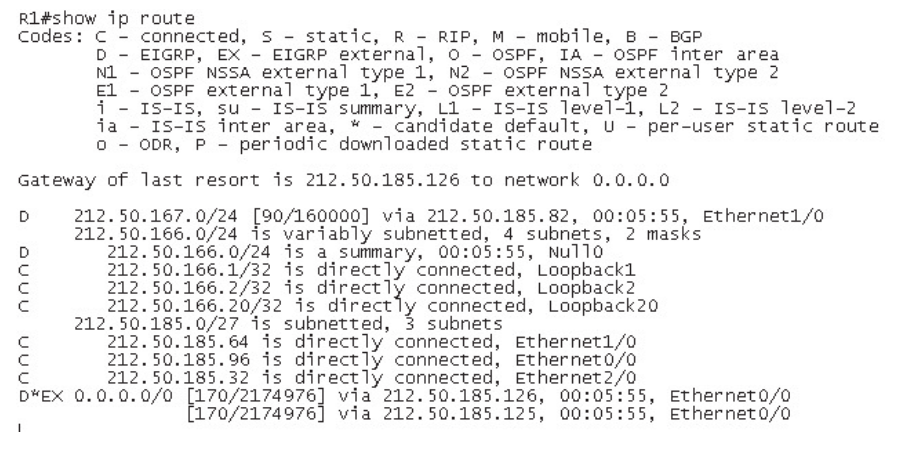
How would you confirm on R1 that load balancing is actually occurring on the default-network (0.0.0.0)?
A. Use ping and the show ip route command to confirm the timers for each default network resets to 0.
B. Load balancing does not occur over default networks; the second route will only be used for failover.
C. Use an extended ping along with repeated show ip route commands to confirm the gateway of last resort address toggles back and forth.
D. Use the traceroute command to an address that is not explicitly in the routing table.
Correct Answer: D
Explanation
Explanation/Reference:
300-135 dumps QUESTION 4
Which IPsec mode will encrypt a GRE tunnel to provide multiprotocol support and reduced overhead?
A. 3DES
B. multipoint GRE
C. tunnel
D. transportCorrect Answer: D
Explanation
Explanation/Reference:
QUESTION 5
Which three features are benefits of using GRE tunnels in conjunction with IPsec for building site-to-site VPNs? (Choose three.)
A. allows dynamic routing over the tunnel
B. supports multi-protocol (non-IP) traffic over the tunnel
C. reduces IPsec headers overhead since tunnel mode is used
D. simplifies the ACL used in the crypto map
E. uses Virtual Tunnel Interface (VTI) to simplify the IPsec VPN configuration
Correct Answer: ABD
Explanation
Explanation/Reference:
QUESTION 6
Which statement is true about an IPsec/GRE tunnel?
A. The GRE tunnel source and destination addresses are specified within the IPsec transform set.
B. An IPsec/GRE tunnel must use IPsec tunnel mode.
C. GRE encapsulation occurs before the IPsec encryption process.
D. Crypto map ACL is not needed to match which traffic will be protected.
Correct Answer: C
Explanation
Explanation/Reference:
QUESTION 7
A customer network engineer has made configuration changes that have resulted in some loss of connectivity. You have been called in to evaluate a switch network and suggest resolutions to the problems.
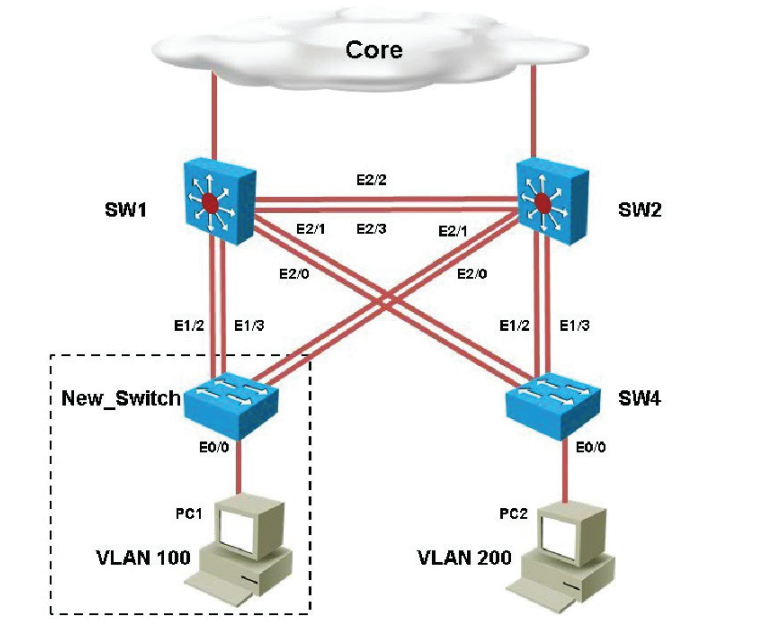
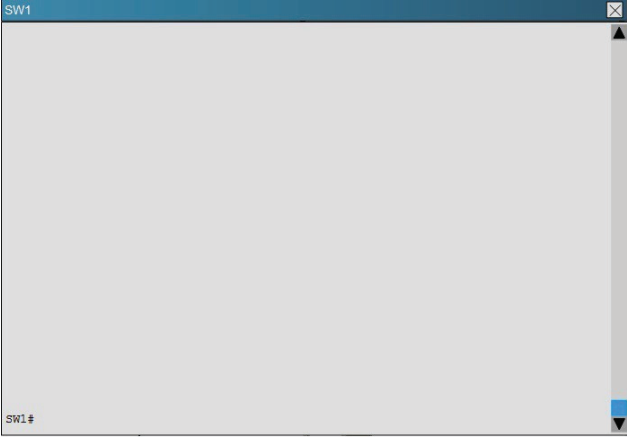
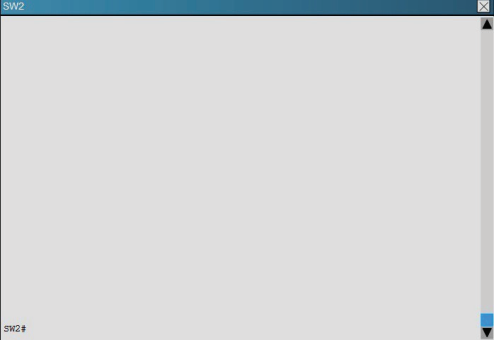
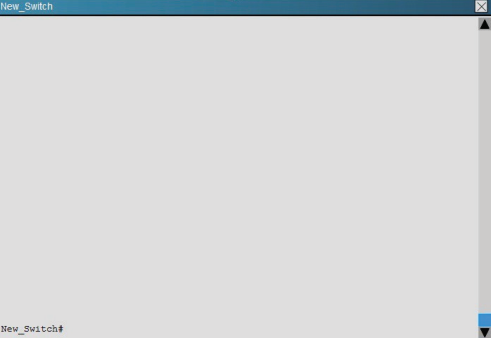
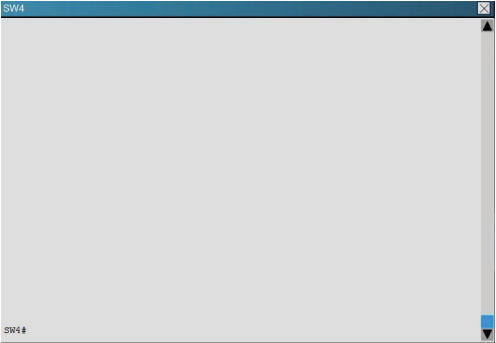
PC2 in VLAN 200 is unable to ping the gateway address 172.16.200.1; identify the issue.
A. VTP domain name mismatch on SW4
B. VLAN 200 not configured on SW1
C. VLAN 200 not configured on SW2
D. VLAN 200 not configured on SW4
Correct Answer: C
Explanation
Explanation/Reference:
Explanation:
By looking at the configuration for SW2, we see that it is missing VLAN 200, and the “switchport access vlan 200” command is missing under interface eth 0/0:
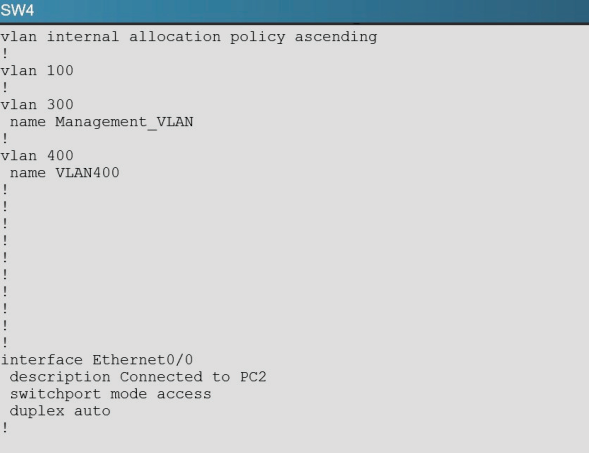
QUESTION 8
A customer network engineer has made configuration changes that have resulted in some loss of connectivity. You have been called in to evaluate a switch network and suggest resolutions to the problems.
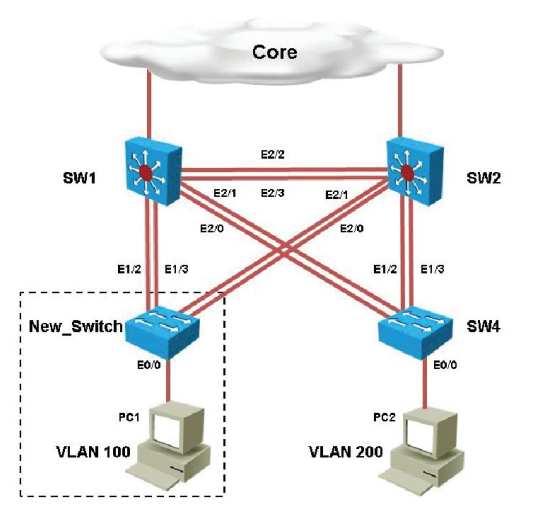
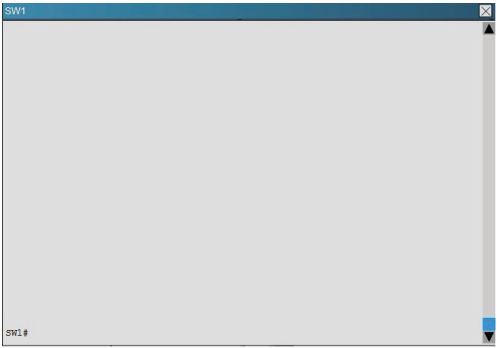
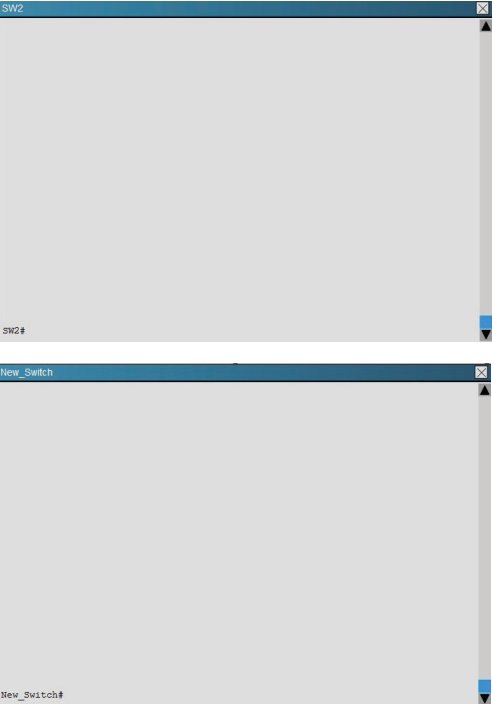

Which of statement is true regarding STP issue identified with switches in the given topology?
A. Loopguard configured on the New_Switch places the ports in loop inconsistent state
B. Rootguard configured on SW1 places the ports in root inconsistent state
C. Bpduguard configured on the New_Switch places the access ports in error-disable
D. Rootguard configured on SW2 places the ports in root inconsistent state
Correct Answer: A
Explanation
Explanation/Reference:
Explanation:
On the new switch, we see that loopguard has been configured with the “spanning-tree guard loop” command.
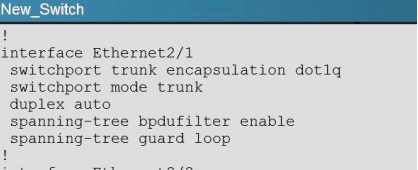
The loop guard feature makes additional checks. If BPDUs are not received on a non-designated port, and loop guard is enabled, that port is moved into the STP loop-inconsistent blocking state, instead of the listening / learning / forwarding state. Without the loop guard feature, the port assumes the designated port role. The port moves to the STP forwarding state and creates a loop.
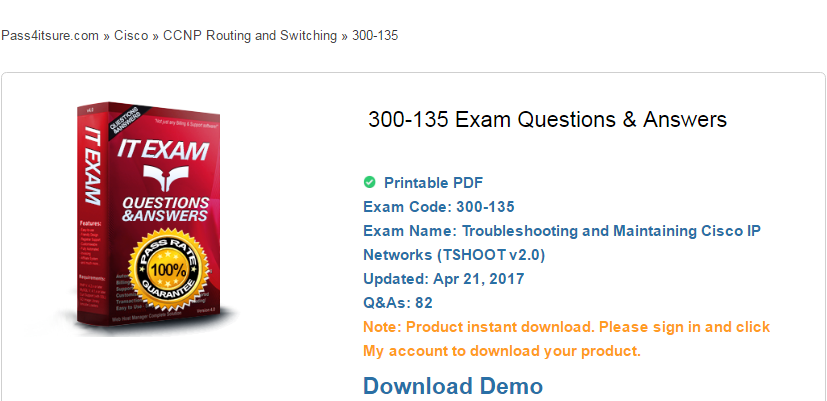
Q: What roadblocks did you come across when creating this training and how did you overcome them?
The mindset that it is “impossible to teach someone troubleshooting.” It can be difficult to do this in a prescribed setting. However, going out of the 300-135 dumps box (see answer to out-of-the-box question earlier) allows us to DELIVER troubleshooting concepts AND the experience to students in CBTN-style!
Q: What’s the ONE thing you hope learners take away from this training?
Far more than the concepts of troubleshooting… the EXPERIENCE of troubleshooting.
Start watching this 300-135 dumps vimeo now in http://www.pass4itsure.com/300-135.html
